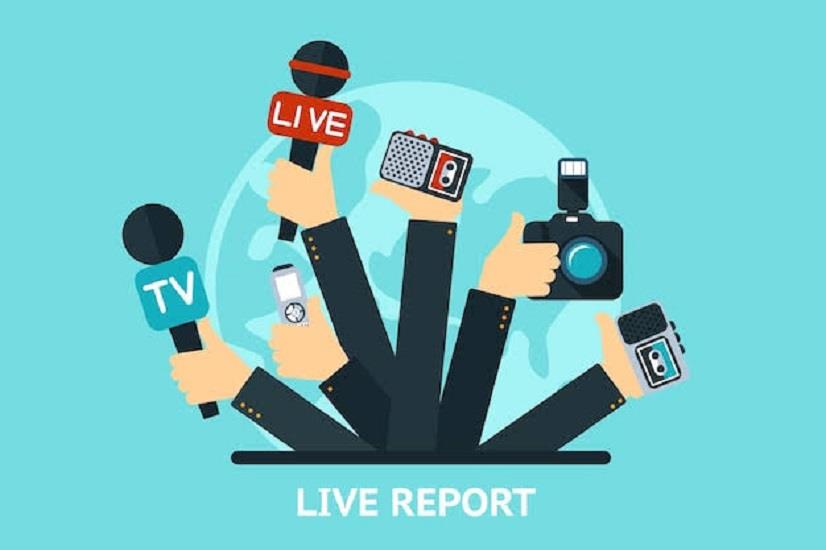
Kashmir's Information Department Finally Says Enough
Representational photo
By Kaisar Mir
In Srinagar, it's now common to find someone standing in the middle of a crowd, phone in hand, talking breathlessly into the camera.
“Full story coming soon,” they say, as people gather around, some curious, others amused. A video is uploaded within minutes. Shares and comments pour in.
ADVERTISEMENTBy evening, that“breaking” clip is everywhere, sometimes with facts bent, names twisted, and stories reshaped to fit a dramatic frame.
This has become the new identity of news in Kashmir's digital bazaar. Almost anyone with a smartphone can be a“reporter.” A protest outside a government office, a family dispute, or a scuffle on the street becomes content.
What began as a way to show life on the ground has now become raging and reckless pursuit.
The intention was once noble. In the absence of mainstream access and representation, young Kashmiris turned their cameras toward daily life, giving visibility to people often unseen. But the platforms rewarded something else.
Algorithms favoured outrage over accuracy, emotion over evidence. Soon, the most viral stories were the noisiest.
Over time, social media news in Kashmir began to look less like journalism and more like performance. The lens followed anger. A camera pointed at an official's desk or a roadside argument became a tool of intimidation rather than inquiry. A few voices started using the word“journalism” as a license to coerce or shame, collecting views and sometimes favours.
Behind many of these viral videos was no newsroom, editor, or verification, rather a person with a phone and a need to be seen.
Meanwhile, trained reporters who spent days chasing facts and verifying quotes found their work overshadowed. Their stories, grounded in reality, were often drowned out by the noise of handheld outrage. The audience, caught between distrust of institutions and attraction to immediacy, started to confuse spectacle with truth.
That confusion, for years, went unchecked.
Until now.
On October 31, 2025, the Department of Information and Public Relations (DIPR) in Kashmir issued a sweeping directive to all District Information Officers. It was a rare official acknowledgment of what many in the media had discussed for years: the misuse of“media identity” by individuals with no credentials, ethics, or accountability.
The order, signed by Joint Director Information Syed Shahnawaz Bukhari, doesn't mince words. It notes that“certain individuals, without any formal accreditation or authorization, are posing as journalists,” misusing media names for“blackmail, extortion, coercion of officials, and circulation of unverified and defamatory material.”
For the first time, the administration has directed district officers to maintain verified lists of authorized journalists, report misuse immediately, and coordinate with police and deputy commissioners on legal action.
For many in Kashmir press circles, this feels like long-overdue justice. It marks a moment when the system finally acknowledges that journalism has been under siege, from within its own collapsing ecosystem.
The unchecked rise of“freelancers” without ethics has harmed genuine reporters and eroded public trust.
The directive also calls on media houses to clean up their own spaces: to verify their stringers, issue proper ID cards, and distance themselves from anyone misusing their name. It reminds editors to uphold the code of ethics laid down by the Press Council of India. The message is simple but firm: credibility must return to the center of journalism.
For audiences, too, this could mean a change.
A new line is being drawn between free expression and impersonation, between a citizen's right to speak and a journalist's duty to verify. The state's renewed vigilance may finally create a distinction that digital chaos had blurred.

Legal Disclaimer:
MENAFN provides the
information “as is” without warranty of any kind. We do not accept
any responsibility or liability for the accuracy, content, images,
videos, licenses, completeness, legality, or reliability of the information
contained in this article. If you have any complaints or copyright
issues related to this article, kindly contact the provider above.


















Comments
No comment